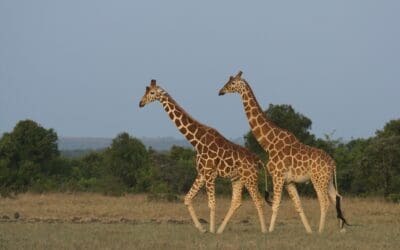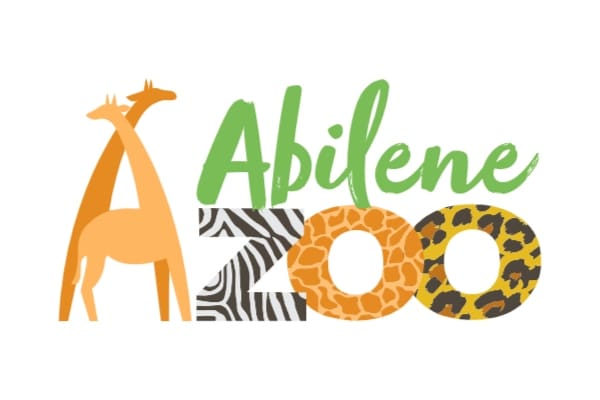Giraffe
About the Giraffe
The Giraffe (Giraffa camelopardalis) stands as a towering figure of the African savanna, renowned for its extraordinary height and distinctive, patterned coat. As the tallest land animal on the planet, giraffes are a profound symbol of the open grasslands where they gracefully roam. Their elongated necks and specialized physical adaptations not only facilitate the browsing of high foliage but also embody the evolutionary wonders of nature. Beyond their striking appearance, giraffes exhibit intriguing social behaviors and complex group dynamics, making them a subject of endless fascination and study.
Habitat
Giraffes, scientifically known as Giraffa camelopardalis, roam the open woodlands, grasslands, and savannas of sub-Saharan Africa, where their towering presence and graceful movements define the horizon. These gentle giants thrive in habitats characterized by acacia trees, which provide both food and shelter in their vast ranges. Giraffes are well-adapted to a semi-arid environment, with their long legs enabling them to browse treetops for leaves and their keen eyesight helping them detect predators from afar. Their nomadic lifestyle allows them to traverse wide expanses in search of food and water, embodying the spirit of freedom and resilience in the wild.
Behavior
Known for their gentle demeanor and social interactions, giraffes exhibit a range of behaviors that reflect their complex yet harmonious society. These herbivores form loose groups known as towers or journeys, led by a dominant male who guides the herd to prime feeding areas and ensures their safety from potential threats. Giraffes communicate through a combination of vocalizations, body postures, and subtle gestures, conveying messages of alarm, contentment, or readiness to other members of their tower. Social grooming rituals reinforce bonds within the group and maintain hygiene, while playful behaviors among young giraffes foster coordination and physical development.
Appearance
Picture the iconic silhouette of a giraffe—a regal figure with a long neck, distinctive coat pattern, and striking ossicones atop their heads. Adult giraffes can reach heights of up to 18 feet, with males exceeding females in size and displaying thicker ossicones and darker markings on their coats. The intricate patterns of spots or patches on a giraffe's coat, known as a reticulated pattern, are as unique as fingerprints, providing camouflage in the dappled light of the savanna. Their long tongues, reaching up to 18 inches in length, aid in grasping leaves from high branches, while their prehensile lips and agile tongues allow for precise browsing and stripping of foliage.
Diet
Giraffes are browsers with specialized adaptations for feeding on tree leaves, buds, and twigs, utilizing their elongated necks and nimble tongues to reach foliage at various heights. Their diet consists primarily of acacia leaves, which provide essential nutrients and water in arid environments, supplemented by other tree species and shrubs depending on seasonal availability. Giraffes spend a significant portion of their day feeding, consuming large quantities of vegetation to support their massive bodies and maintain energy levels. Despite their formidable height, giraffes must splay their forelegs and bend down to drink water from rivers or watering holes, showcasing their flexibility and agility in accessing vital resources.
Interesting Facts
One intriguing fact about giraffes is their unique cardiovascular system, which enables them to regulate blood flow and prevent fainting when raising their heads after drinking or feeding. To counteract the gravitational forces that challenge their tall stature, giraffes possess a series of adaptations, including thick-walled arteries, valves in their jugular veins, and a specialized network of blood vessels in their necks. This intricate system maintains constant blood pressure to their brains, allowing giraffes to perform extraordinary feats such as bending down to drink or engaging in aggressive sparring with rivals without experiencing adverse effects on their circulation.
Endangered Status
While giraffes are currently classified as vulnerable due to habitat loss, poaching, and human-wildlife conflicts, their populations face increasing threats across Africa. Conservation efforts focused on protecting key habitats, mitigating human disturbances, and combating illegal hunting are crucial in safeguarding the future of these graceful giants. By supporting community-based conservation initiatives, promoting sustainable land use practices, and raising awareness about the importance of giraffes in maintaining biodiversity, we can work together to ensure the survival of these iconic creatures and the ecosystems they inhabit.
Related Content
See a Giraffe at these Events
No current events. Check back with us soon!








